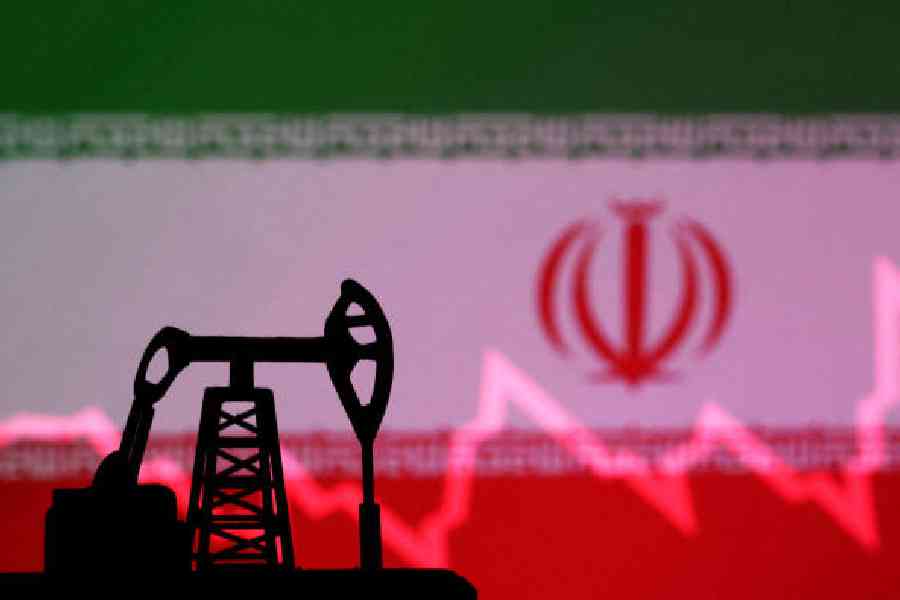Oil and LNG prices are likely to shoot up if Iran blocks the Strait of Hormuz — through which countries like India import crude oil from Saudi Arabia, Iraq and UAE — leading to a spike in inflation, analysts said.
The Iran-Israel conflict has escalated over the last few days. Crude prices have been hovering around $90 per barrel since the conflict.
In a note, Motilal Oswal Financial Services said while de-escalation efforts would likely control the crisis, oil and LNG prices would spike in case Iran completely or partially blocks the Strait of Hormuz.
The Strait of Hormuz is a narrow sea passage between Oman and Iran. It is about 40km wide at the narrowest point, with 2km of navigable channels for incoming and outgoing ships. It is the key route through which crude oil is exported by Saudi Arabia (6.3 million barrels per day), the UAE, Kuwait, Qatar, Iraq (3.3 million bpd) and Iran (1.3 million bpd).
In 2022, the oil flow via the Strait was 21 million barrels per day or 21 per cent of global oil consumption. Also, about 20 per cent of the global LNG trade moves through it, including almost all LNG exports from Qatar and the UAE.
Unlike oil, for which alternative routes via the Red Sea are available, no alternative routes are available for liquefied natural gas, the note said.
India, which is more than 85 per cent dependent on overseas suppliers to meet its crude oil needs, imports oil from Saudi Arabia, Iraq and the UAE as well as liquefied natural gas from Qatar through the Strait of Hormuz.
In the event of a blockade of the Strait, “we anticipate materially higher crude oil prices, refining margins, and spot LNG prices”, it said.
While alternative routes do exist, they may only be able to accommodate a fraction (7-8 million bpd of crude oil/refined products) of the volume currently passing through the Strait (21 million bpd), and that too at elevated freight costs.










